Top 6 Orthopedic Problems in Pets: Symptoms, Causes, and Treatments
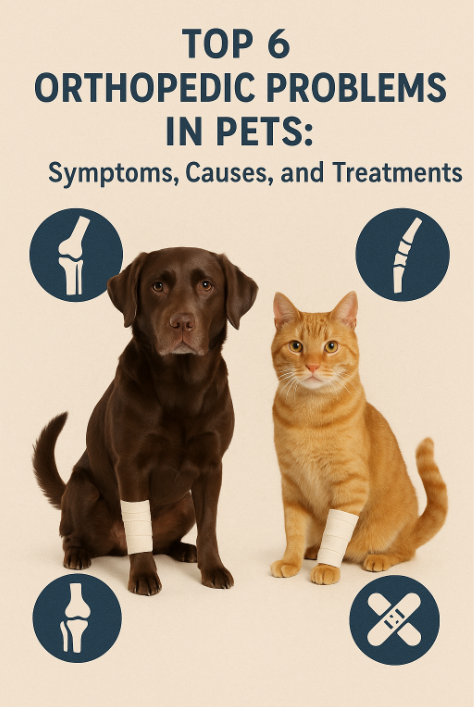
What Are Orthopedic Problems in Pets?
Orthopedic problems in pets are more common than you might think, and they can seriously affect your furry friend’s quality of life. As pets become beloved family members, their health issues, especially those affecting mobility, are a growing concern among pet owners. Whether it’s a limp after a walk or difficulty jumping onto the couch, signs of joint or bone issues shouldn’t be ignored. Early diagnosis and proper pet orthopedic care can make all the difference. Prompt treatment for pet joint problems not only reduces pain but also prevents long-term damage. Caring for orthopedic problems in pet ensures a happier, more active life for your companion. Orthopedic problems in pets refer to conditions that affect the bones, joints, muscles, and ligaments, essentially the entire musculoskeletal system. These issues often manifest as pet joint issues, including stiffness, limping, and difficulty in movement. It’s important to distinguish them from neurological disorders, which stem from the brain or spinal cord and often involve coordination or reflex problems rather than pain or limited motion. Orthopedic issues, like canine orthopedic conditions, directly impact a pet’s ability to run, jump, or even walk comfortably. The causes of joint pain in pets vary widely; from injuries and obesity to genetics and aging. If left untreated, these problems can severely diminish a pet’s quality of life, making everyday activities painful and stressful.
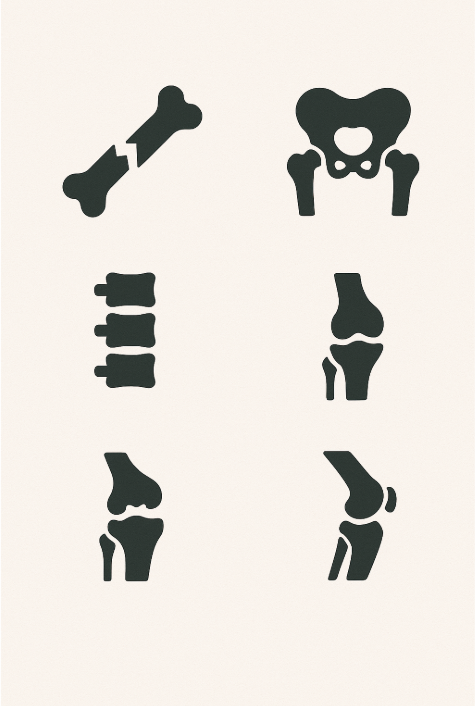
Common Symptoms of Orthopedic Problems in Pets
Spotting the symptoms of orthopedic issues in dogs and cats early on can save your pet from prolonged discomfort. Look for subtle signs like limping, stiffness after resting, reluctance to climb stairs, or hesitation when jumping. These are often overlooked but can indicate common pet injuries or joint-related conditions. In cats, feline joint disorders may show up as decreased grooming, hiding more often, or even aggression due to pain. Behavioral changes such as restlessness, irritability, or sudden loss of appetite can also be clues. It’s important to distinguish between chronic symptoms, which develop slowly over time (like arthritis), and acute symptoms, which appear suddenly due to trauma. Knowing what to watch for can help you intervene early and ensure your pet gets the care they need before the problem worsens.
Causes of Orthopedic Problems in Dogs and Cats
The causes of joint pain in pets can vary widely, with genetics playing a major role. Some breeds are simply more prone to conditions like hip dysplasia or elbow dysplasia, making congenital and hereditary factors a top concern. Trauma from accidents or rough play can also lead to dog joint pain and other orthopedic issues. As pets age, wear and tear on joints becomes more apparent, especially in inactive or overweight animals. Obesity places extra stress on joints, exacerbating existing problems and accelerating degeneration. Poor nutrition can further weaken bone and muscle health. Addressing these causes early, including through tailored exercise routines and pet rehabilitation, can significantly improve your pet’s joint health and overall well-being, helping them lead a more active, pain-free life.
How Orthopedic Problems Are Diagnosed in Pets
When your furry companion starts showing pet mobility problems, such as limping or avoiding stairs, the first step toward relief is a thorough diagnosis. A veterinarian will start with a detailed physical examination, checking for swelling, tenderness, range of motion, and other telltale symptoms of orthopedic issues in dogs or cats. Next, they may recommend diagnostic imaging like X-rays to detect bone damage, or more advanced tools like MRIs and CT scans for a clearer look at soft tissue injuries. These tests help pinpoint the exact cause of discomfort. In complex cases, your vet might refer you to a board-certified orthopedic specialist who can offer advanced diagnostics and vet-recommended treatments tailored to your pet’s condition. Early and accurate diagnosis is crucial, it’s the foundation for effective treatment, proper recovery, and ensuring your pet gets back to their active, playful self as soon as possible.
Most Common Orthopedic Conditions in Pets
When it comes to orthopedic problems in pets, some conditions pop up more frequently than others. Dogs and cats of all ages and breeds can suffer from musculoskeletal issues, especially as they age or lead active lives. Understanding these top six conditions can help pet owners recognize symptoms early and take action with the right pet orthopedic care. Each issue has its own signs, causes, and treatment options, but all share one thing: they impact mobility and quality of life. Here are the most common orthopedic problems affecting our furry friends:
1. Fractures
Fractures in pets can result from trauma like car accidents, falls, or rough play. They may be simple (clean breaks), compound (bone pierces skin), or comminuted (bone shattered into pieces). Treatment typically involves splinting, casting, or surgery, depending on severity. Recovery requires careful management; rest, restricted movement, and sometimes physical therapy. Proper nutrition, bracing and close monitoring help speed up healing and prevent complications.
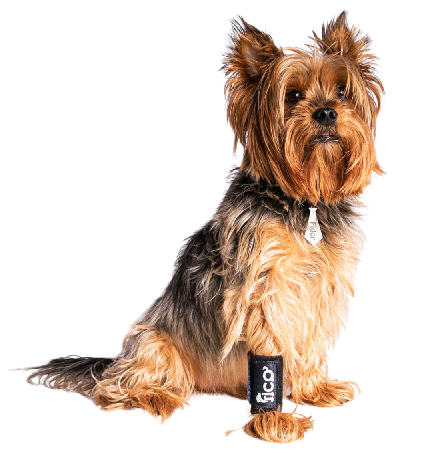
2. Cranial Cruciate Ligament Tear (CCL Injury)
The torn ACL in dogs symptoms include limping, difficulty standing, and favoring one leg, similar to ACL injuries in humans. This common injury, especially in active or overweight dogs, affects the knee joint and can lead to instability and pain. Breeds like Labradors, Rottweilers, and Boxers are especially prone. Treatment ranges from weight management and bracing to surgical repair for severe tears. Early intervention is key to avoid long-term joint damage.
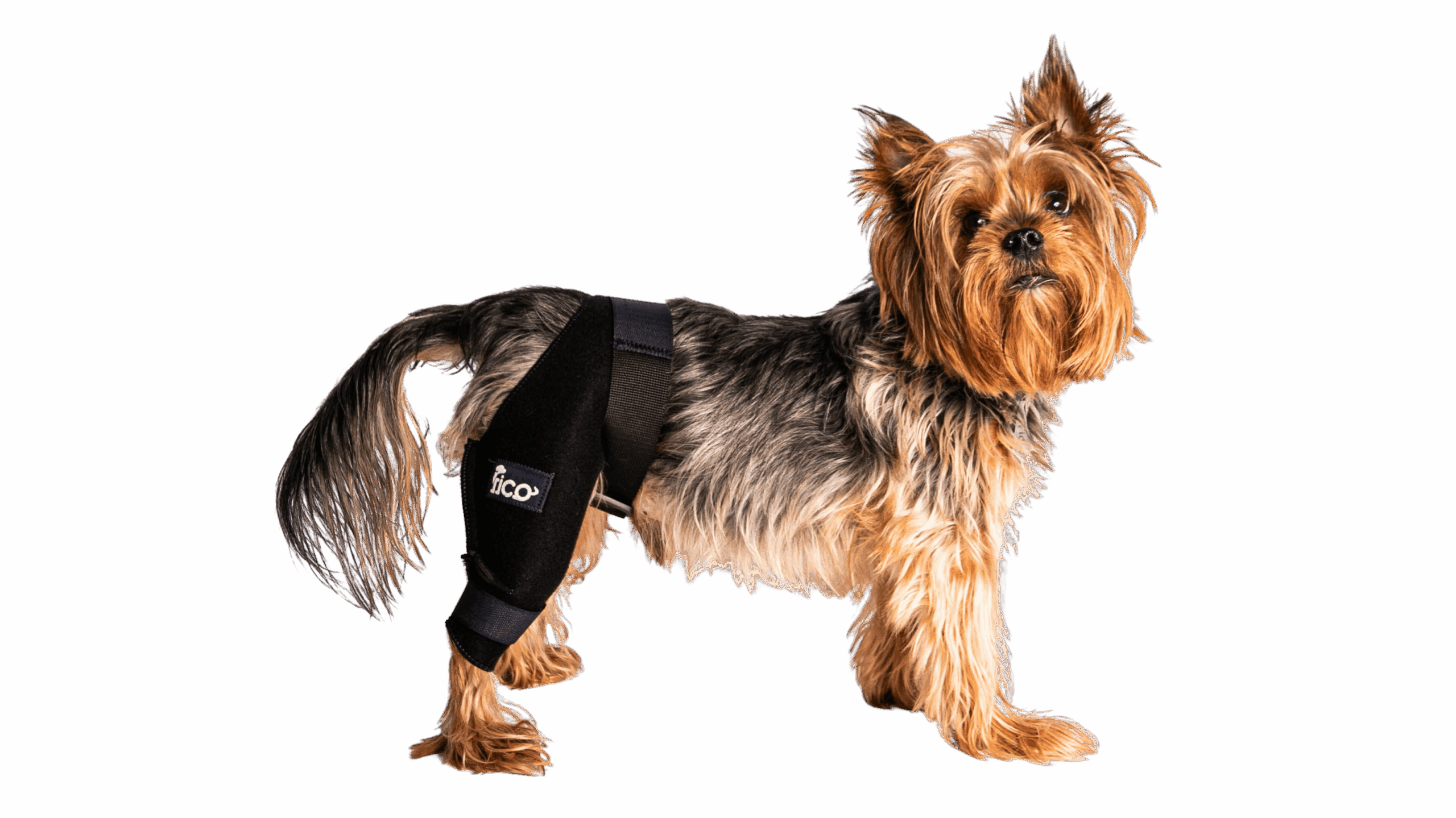
3. Hip Dysplasia
Hip dysplasia is a genetic developmental issue where the hip joint doesn’t form properly, leading to grinding and discomfort. Large breeds like German Shepherds and Golden Retrievers are most susceptible. Over time, this condition causes reduced mobility and arthritis. While not curable, it can be managed through weight control, physical therapy, bracing, and in severe cases, surgery like total hip replacement.
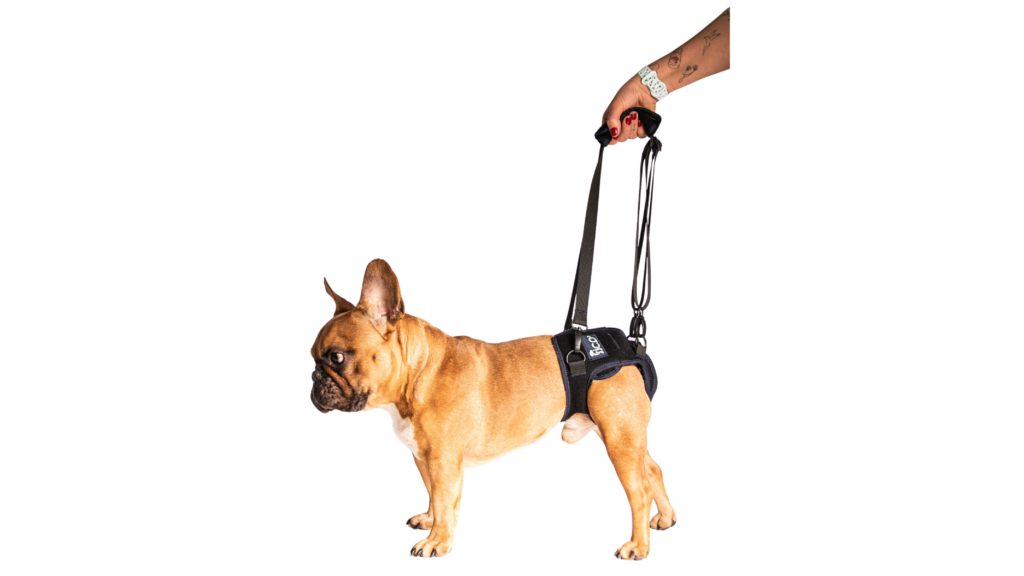
4. Intervertebral Disc Disease (IVDD)
IVDD involves the compression or herniation of discs in the spine, leading to pain, nerve damage, or even paralysis. It’s common in breeds like Dachshunds and Corgis with long backs. Treatment depends on severity: mild cases respond well to rest, bracing and medications, while advanced cases may need surgical decompression. Prompt treatment helps prevent permanent damage.
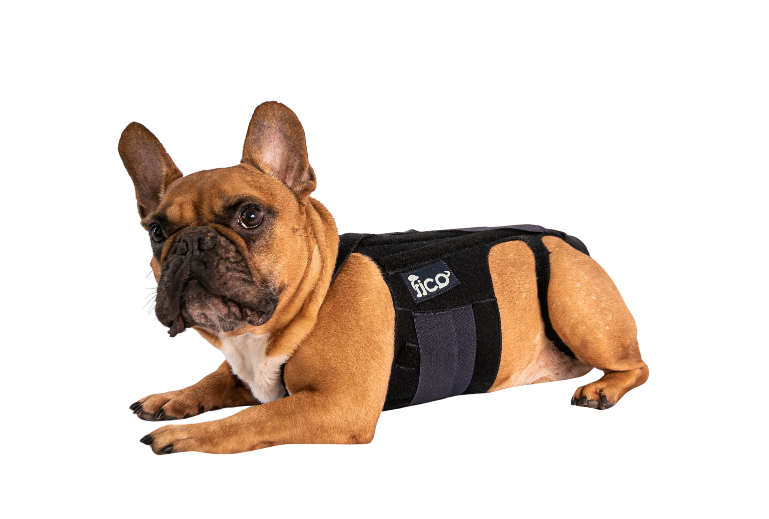
5. Luxating Patella
A luxating patella happens when the kneecap slips out of place. Symptoms include skipping during walks or sudden yelps of pain. This condition is graded by severity, with mild cases managed by physical therapy and supplements. More severe dislocations may require surgery to realign the kneecap and stabilize the joint.
6. Arthritis (Degenerative Joint Disease)
Arthritis is one of the most widespread orthopedic problems in pets, especially senior animals. It’s caused by cartilage breakdown, leading to stiffness, swelling, and chronic pain. Although not curable, arthritis can be managed with anti-inflammatory medications, joint supplements, low-impact exercise, and lifestyle adjustments. Quality pet orthopedic care can dramatically improve comfort and mobility in arthritic pets.
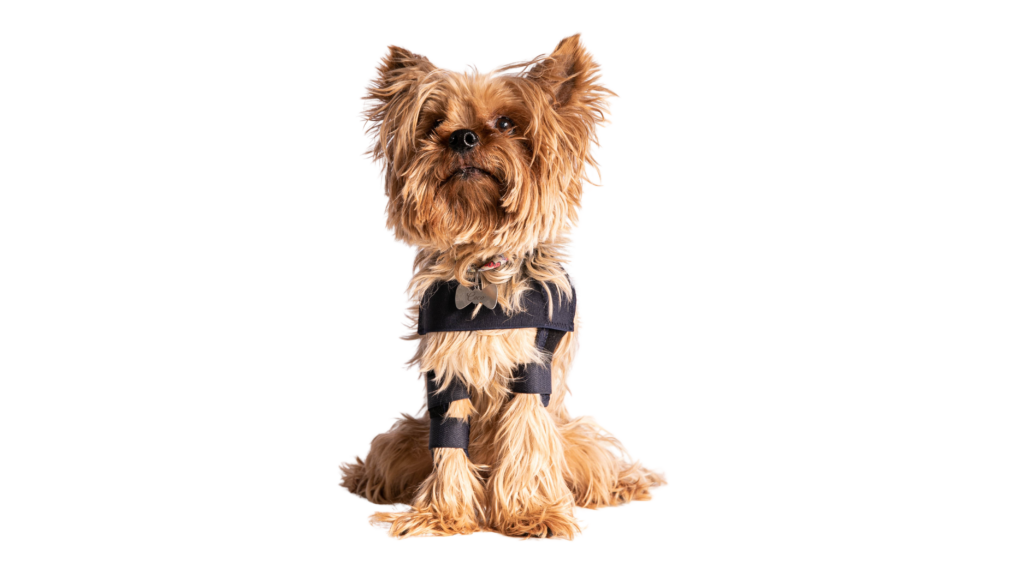
Available Treatments for Orthopedic Problems in Pets
When it comes to managing orthopedic conditions, pet owners have more options than ever before. The type of treatment depends on the severity and nature of the issue, but the goal is always the same: reduce pain, restore function, and improve quality of life.
Surgical intervention is often the first choice for severe injuries or advanced joint degeneration. Procedures like hip replacement, cruciate ligament repair, and spinal decompression can significantly enhance a pet’s mobility. Though surgery comes with recovery time and cost, it often provides long-term relief when conservative methods fall short.
Non-invasive therapies have also gained traction. Animal physiotherapy, including stretching, massage, and exercise regimens, helps rebuild strength and improve range of motion. Hydrotherapy, where pets exercise in water, offers a low-impact way to regain mobility and reduce pain, especially helpful for aging dogs or those recovering from surgery.
Another promising solution is Pet orthopaedic braces. These custom braces support weakened or injured joints, allowing pets to move more comfortably while avoiding further damage. Whether used post-surgery or as a standalone option, braces can be life-changing for animals with chronic instability.
Ultimately, the right treatment for pet joint problems involves a tailored approach, often combining multiple therapies for the best results. By working with a veterinarian and possibly a specialist, pet parents can craft a treatment plan that best suits their pet’s condition, breed, and lifestyle. With today’s advances in veterinary medicine, pets suffering from orthopedic issues have a greater chance than ever to live active, happy lives.
Preventing Orthopedic Injuries in Pets
Preventing common pet injuries starts with a proactive approach to your pet’s daily habits and surroundings. One of the biggest risk factors for orthopedic issues is excess weight. Carrying too many pounds puts unnecessary stress on joints, ligaments, and bones, increasing the likelihood of fractures, arthritis, and ligament tears. Maintaining a healthy weight through balanced nutrition and portion control is crucial in protecting your pet’s musculoskeletal system.
Next, focus on consistent but safe exercise routines. Regular activity helps strengthen muscles, improve flexibility, and maintain joint health. However, avoid overexertion or high-impact activities, especially for puppies, seniors, and breeds prone to orthopedic issues. Tailor exercise plans to your pet’s breed, age, and health condition, and include a warm-up and cool-down period to minimize strain.
Creating a pet-safe environment is just as vital. Slippery floors, steep stairs, and cluttered play areas can lead to accidents. Use rugs, ramps, and non-slip mats to reduce injury risk indoors, and always supervise outdoor play.
Early intervention through pet rehabilitation, such as physiotherapy and gentle mobility exercises, can also keep minor issues from becoming major problems. If your pet shows signs like stiffness or limping, early pet limping treatment can prevent further complications. Prevention isn’t just about avoiding injuries, about giving your pet the long, active, and pain-free life they deserve.
Caring for Senior Pets with Orthopedic Issues
As pets age, they become more susceptible to pet mobility problems, often due to wear and tear on their joints. One of the most common age-related issues is arthritis in pets, which leads to chronic pain, stiffness, and reduced activity. To support aging pets, it’s essential to make lifestyle and dietary adjustments tailored to their evolving needs. A diet rich in omega-3 fatty acids, glucosamine, and chondroitin can support joint health and reduce inflammation.
Incorporating pet orthopedic care into their routine can significantly enhance comfort. This includes gentle exercise, soft bedding, and ramps to minimize strain on joints. Routine vet checkups are also crucial, as they allow for early detection and treatment of worsening symptoms.
Mobility aids such as harnesses, slings, and bracing for elder pets can offer additional support. Braces provide joint stability and reduce pain during movement, making daily activities more manageable for older animals. With the right care plan, senior pets can continue to enjoy a good quality of life despite orthopedic challenges. Compassionate care, attention to their needs, and timely intervention make all the difference in helping them age gracefully and comfortably.
When to See a Veterinarian
If your pet shows sudden lameness, severe dog joint pain, swelling, or refuses to bear weight on a limb, it’s time to call your vet. Other symptoms of orthopedic issues in dogs, like difficulty rising, reluctance to jump, or behavioral changes, can indicate underlying canine orthopedic conditions that shouldn’t be ignored. Early intervention can prevent further damage, reduce recovery time, and improve treatment outcomes. A prompt veterinary visit ensures accurate diagnosis and timely care, which can make all the difference in restoring your pet’s mobility and quality of life before problems become chronic.
Orthopedic problems in pets can be challenging, but with timely awareness and consistent pet orthopedic care, they’re manageable. From fractures to arthritis, recognizing symptoms early and seeking the right treatment for pet joint problems is vital. As a pet parent, your proactive role ensures your furry friend stays mobile, healthy, and pain-free throughout their life.
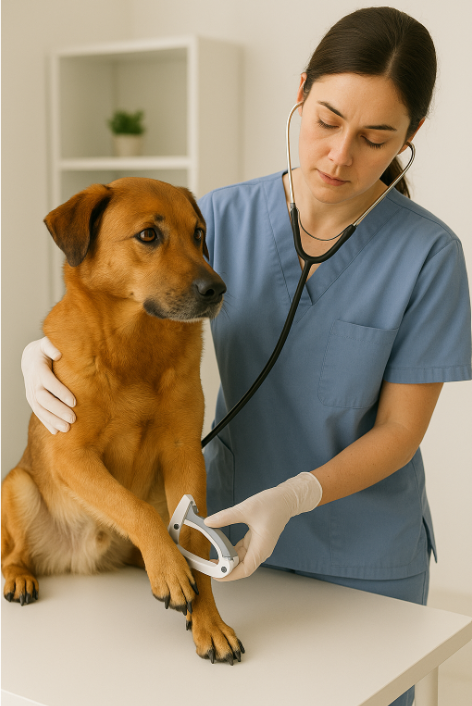
FAQs
1. What breeds are most prone to orthopedic problems?
Large and active breeds like Golden Retrievers, German Shepherds, Labradors, and Rottweilers tend to experience pet joint issues more frequently due to their size and genetics.
2. Are Orthopedic Problems in Pets curable?
Some orthopedic problems, such as fractures, can heal completely. Chronic issues like arthritis or hip dysplasia often require lifelong management through animal physiotherapy, medication, and lifestyle adjustments.
3. Can bracing prevent or treat joint diseases in pets?
Yes. Bracing provides support, reduces joint stress, and enhances mobility. It’s effective in treating mild to moderate orthopedic conditions and can be a non-surgical option for long-term management.
4. How can I tell if my pet is in pain?
Watch for decreased activity, limping, or behavioral changes. Specific signs of hip dysplasia in dogs include stiffness, reluctance to climb stairs, or an abnormal gait.
5. Is surgery always necessary for Orthopedic Problems in Pets?
Not always. Mild conditions can often be managed with rest, medication, braces, or therapy. However, severe or progressive issues may require surgical intervention for lasting relief.


